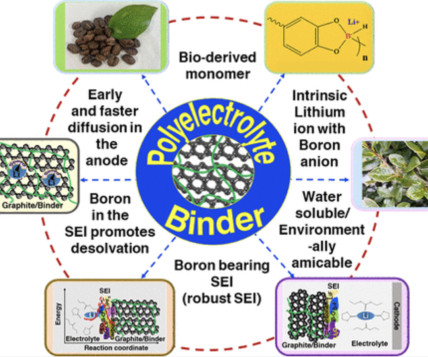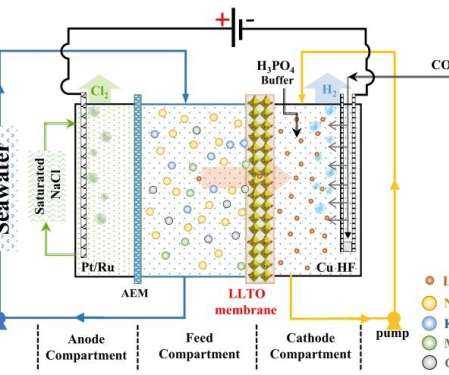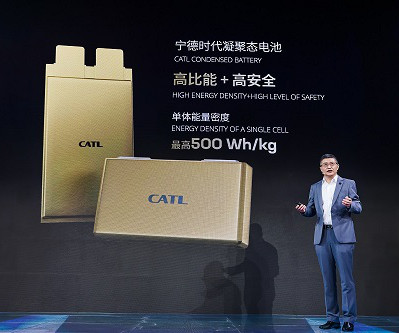Researchers show that inherent lithium ions in bioderived borate polymer enhance extreme fast charging capability in graphite anodes
Green Car Congress
MARCH 5, 2023
Now, a study by a team of researchers, led by Professor Noriyoshi Matsumi from Japan Advanced Institute of Science and Technology (JAIST), showcases a new approach to facilitate fast charging using a binder material which promotes Li + -ion intercalation of active material. —Pradhan et al.








































Let's personalize your content